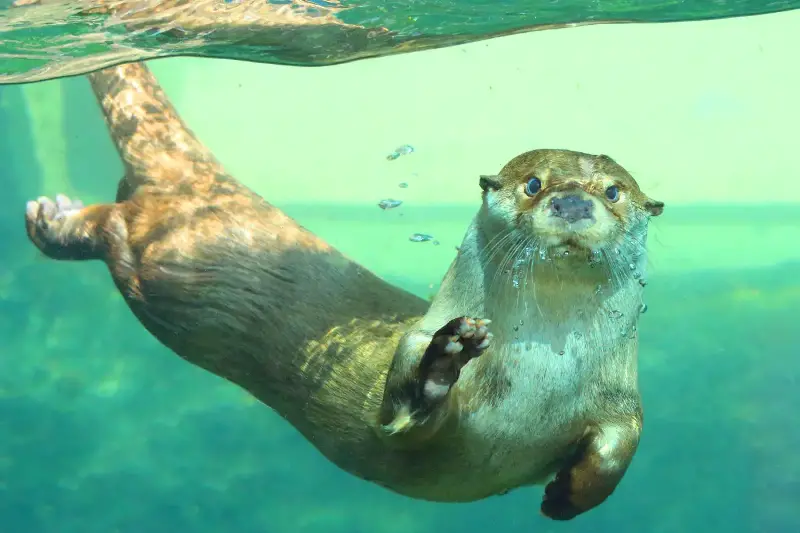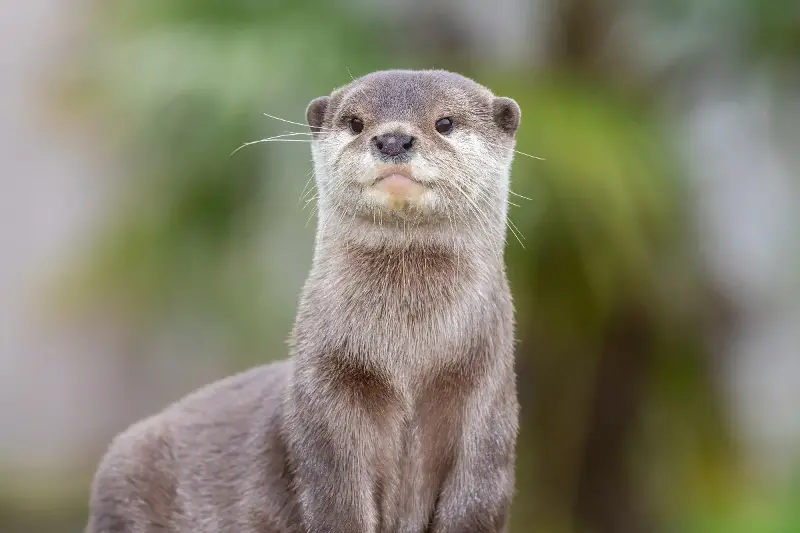From the moment you spot an otter gliding through a clear river or rolling in seaweed along a coastline, it’s hard not to feel a sense of wonder. These playful, agile creatures captivate hearts across the globe—and for good reason. Let’s dive beneath the surface to discover why the world is so smitten with otters and uncover the heartwarming truths that set these aquatic wonders apart.

Charming Behaviours That Melt Hearts
Otters are famous for their enchanting antics. Whether holding hands to form a “raft” while sleeping, somersaulting in the water, or sliding down muddy riverbanks, they exude a sense of pure joy. This playful behaviour isn’t just adorable; it also strengthens social bonds within otter communities. In the wild, families of otters, known as “romps,” display almost human levels of affection, grooming and cuddling one another as they float serenely on their backs.
Perhaps the most endearing sight is a mother otter cradling her pup on her belly—soothing the little one with gentle strokes or ferrying it safely across the waves. It’s no surprise that videos and photos of these moments frequently go viral, spreading smiles globally and cementing their reputation as some of nature’s most loveable animals.
Otters: The Ingenious Tool Users
Otters are not just charming—they’re clever too. Sea otters, in particular, are famed for their intelligence and resourcefulness. These mammals are one of the few animal species on the planet known to use tools. Watch one foraging, and you may discover a secret: hidden under an otter’s armpit, in a loose patch of skin affectionately dubbed the “pocket,” is often a favourite stone.
Otters use these stones to crack open the tough shells of molluscs, crabs, and other prey—a clever adaptation that gives them access to an abundant food source. This innovation reveals a layer of animal intelligence sometimes overlooked in the broader animal kingdom. Otters’ tool use continues to be the subject of scientific fascination, offering insights into animal behaviour and problem-solving.

Guardians of the Ecosystem
Beyond their cute faces and delightful personalities, otters play a crucial role in their habitats. As apex or “keystone” predators, especially in river and coastal ecosystems, otters help maintain ecological balance by regulating prey populations. For example, sea otters are famous for preying upon sea urchins, animals that, when left unchecked, can devastate kelp forests. By controlling urchin numbers, otters indirectly support the rich biodiversity that relies on thriving kelp forests, from fish and birds to invertebrates.
Similarly, river otters keep fish and crustacean populations healthy and sustainable by preying on the weaker or sick individuals. The presence of otters is a sign of a healthy ecosystem—when they thrive, so do countless other species.
Cultural Significance and Conservation Triumphs
Otters have inspired folklore, art, and traditions in cultures worldwide. In many native cultures, otters are revered as symbols of joy, dexterity, mischief, and even spiritual guidance. Their representations in stories and legends have fuelled human fascination for centuries.
Modern times, however, haven’t always been easy for otters. Habitat loss, water pollution, and historic overhunting for their luxurious fur pushed many species close to extinction. The Eurasian otter, North American river otter, and sea otter all faced dramatic declines. Thankfully, conservation efforts—from habitat protection to pollution control and rehabilitation programmes—have helped populations rebound in many areas. Otters now symbolise not just natural joy, but also the triumphs of global wildlife conservation.

The Internet’s Favourite Aquatic Star
It’s impossible to talk about otter fandom without mentioning their internet stardom. Otter videos fill social feeds, showing everything from babies learning to swim to adults juggling stones or building up playful antics in the wild. Their expressive faces, intricate family dynamics, and boundless curiosity make them irresistible online celebrities.
For many, watching otters is an instant boost to mood—a kind antidote to the stress of daily life. Scientific studies even suggest that viewing animal videos, particularly of playful species like otters, can reduce stress and promote feelings of happiness. In a world too often filled with troubling news, otters offer a dose of comfort, hope, and positivity.
Otters’ irresistible blend of playfulness, intelligence, ecological importance, and cultural significance has made them beloved across the globe. Whether bobbing in a kelp forest, weaving through river reeds, or captivating audiences online, otters continue to spark joy and admiration in people of all ages. Next time you encounter one—whether in nature or on your screen—take a moment to appreciate just how much these aquatic wonders enrich our lives and our world.
